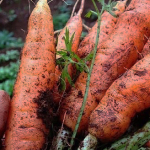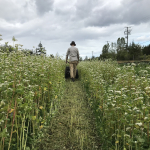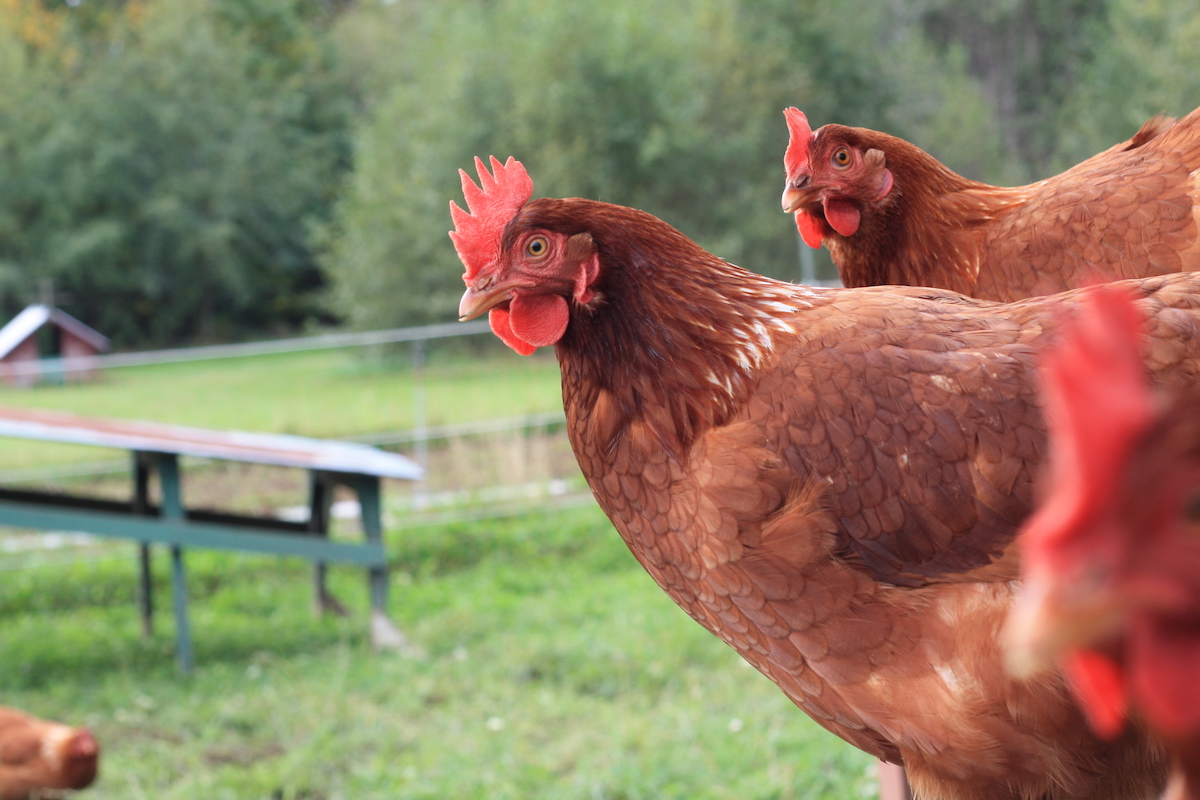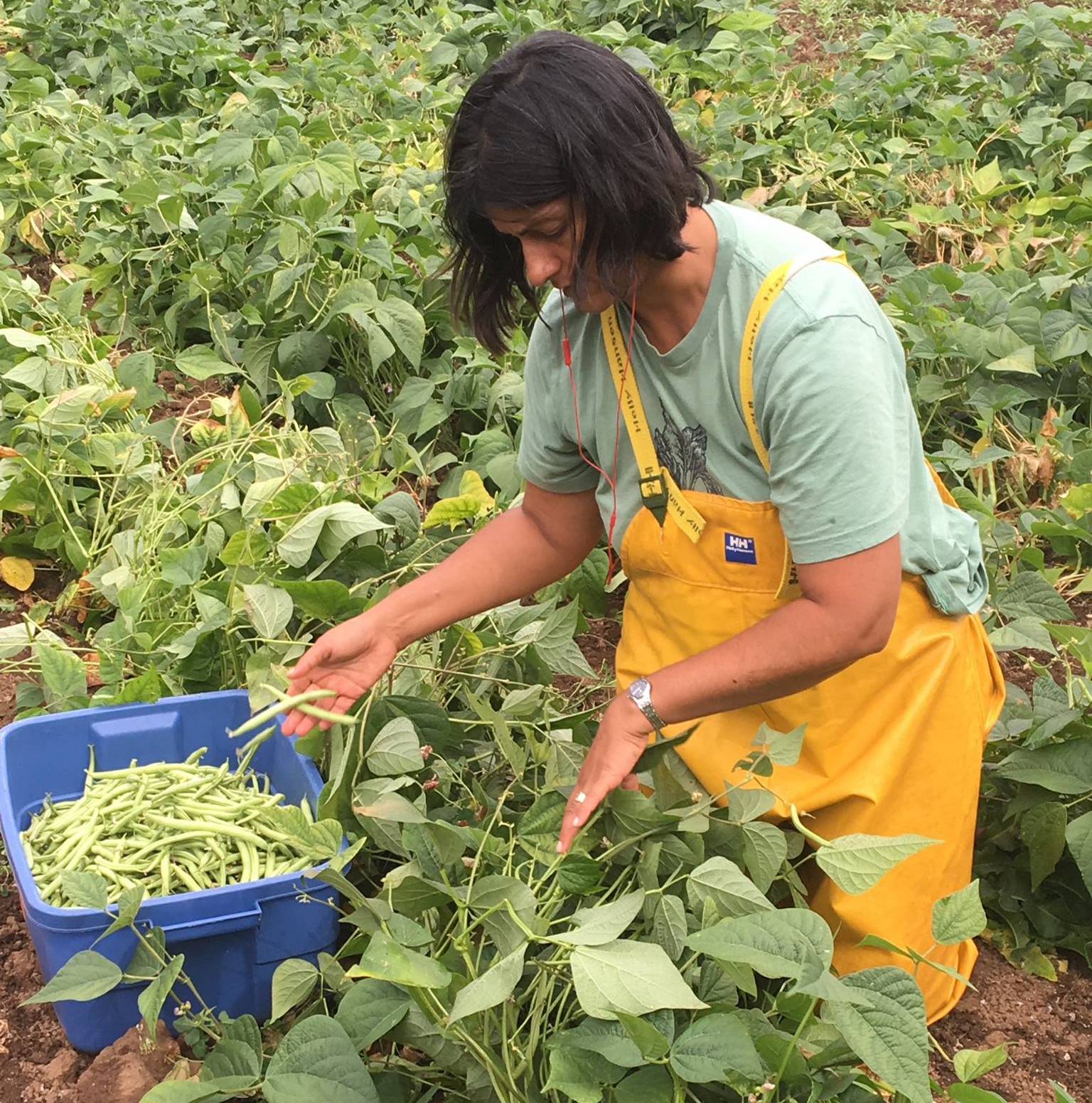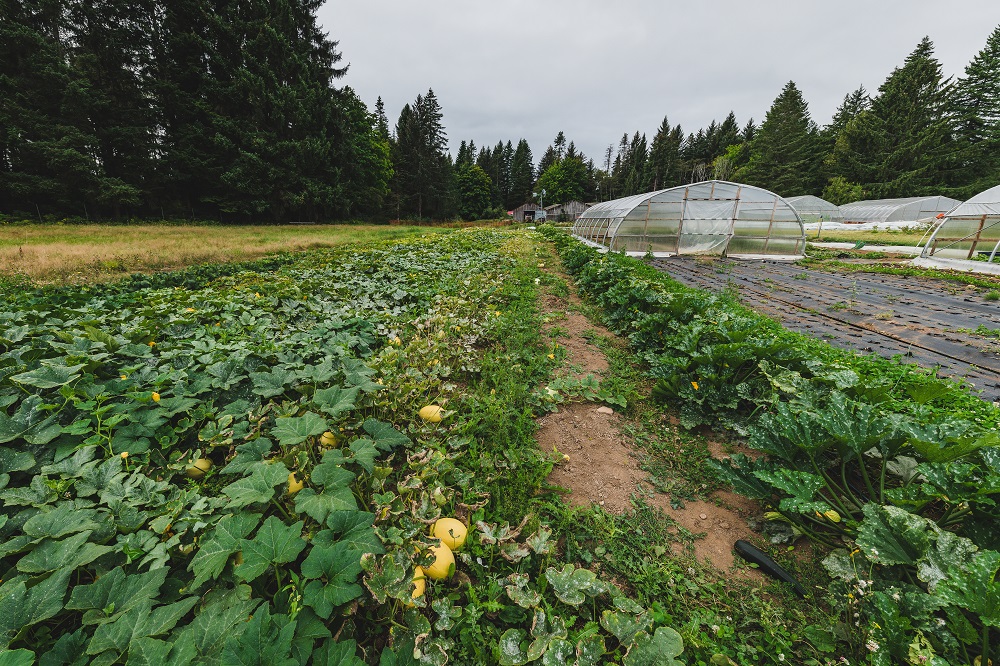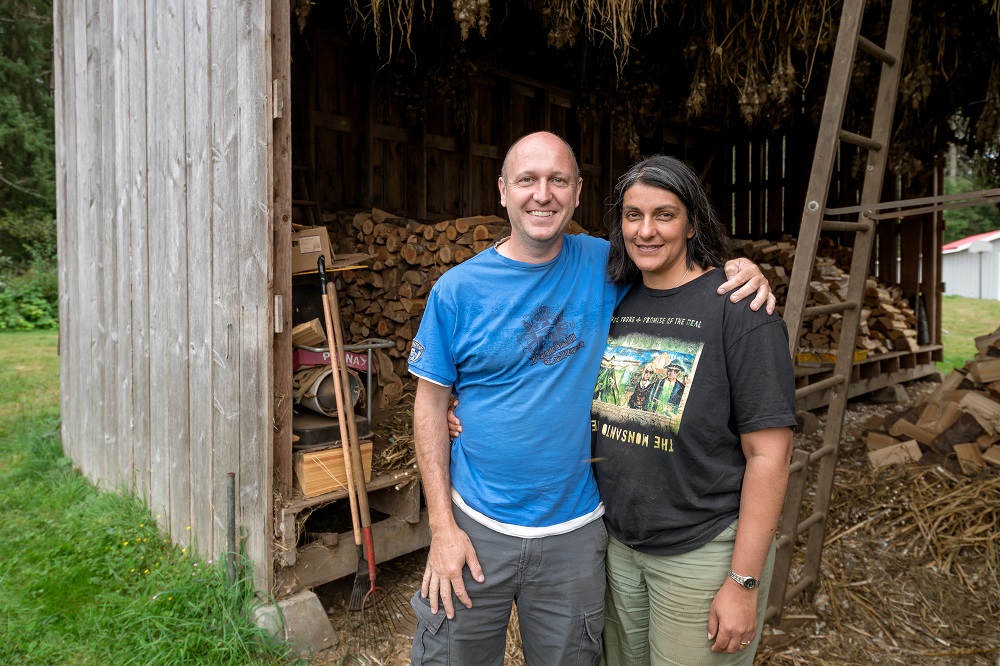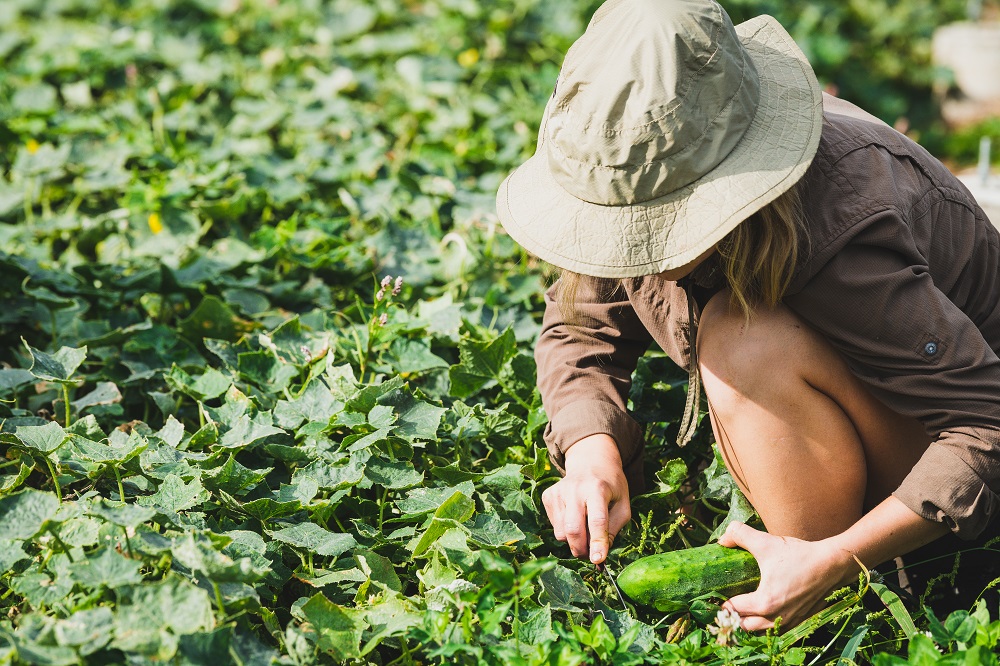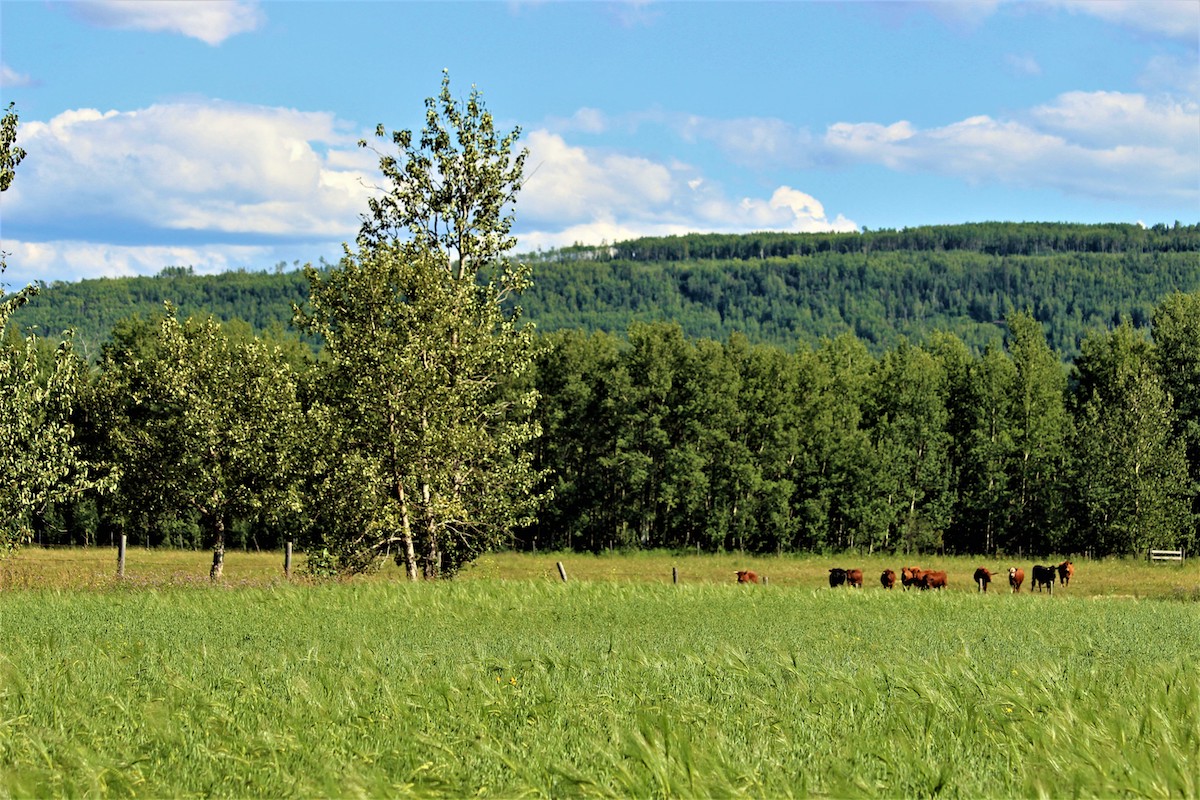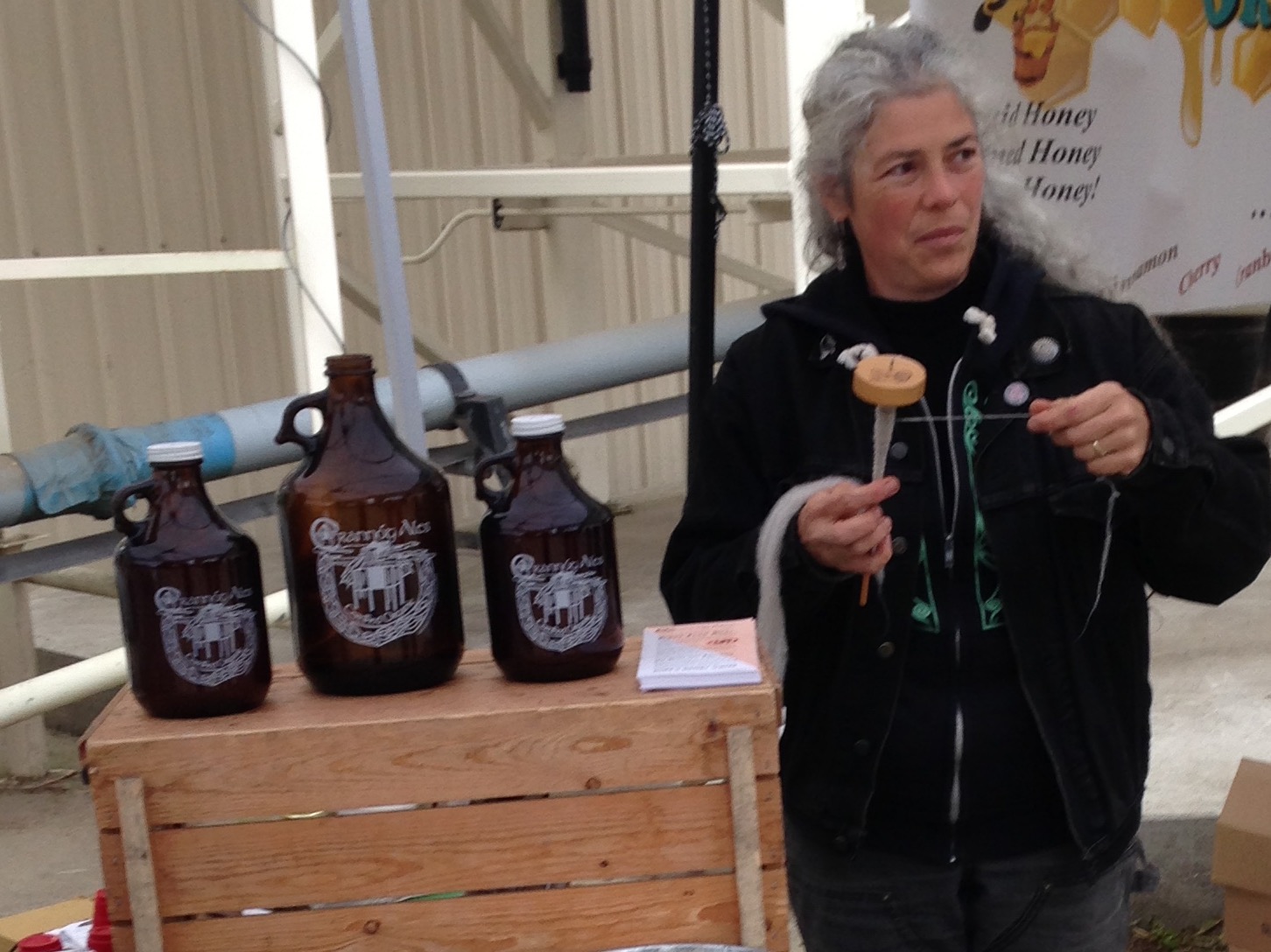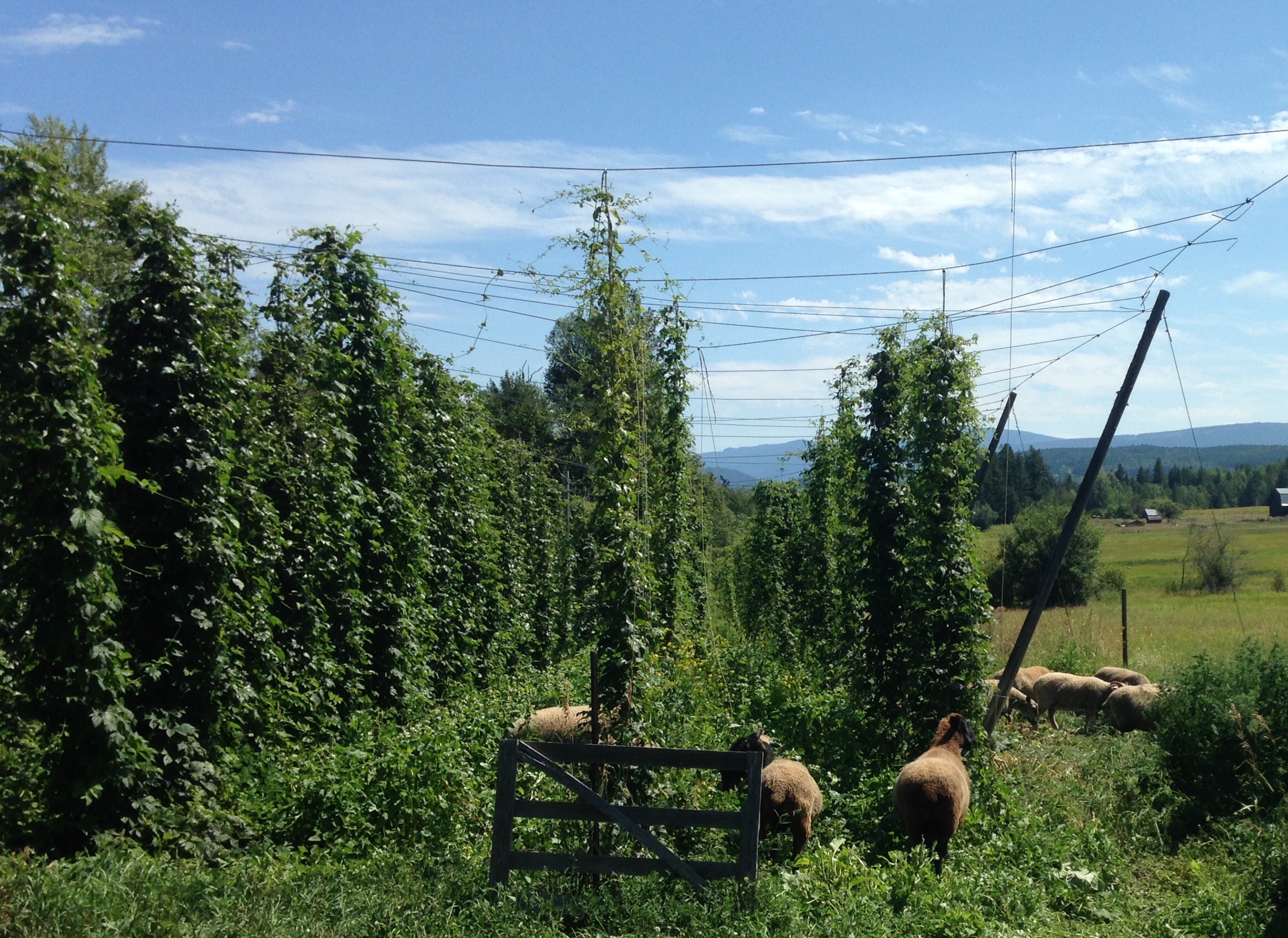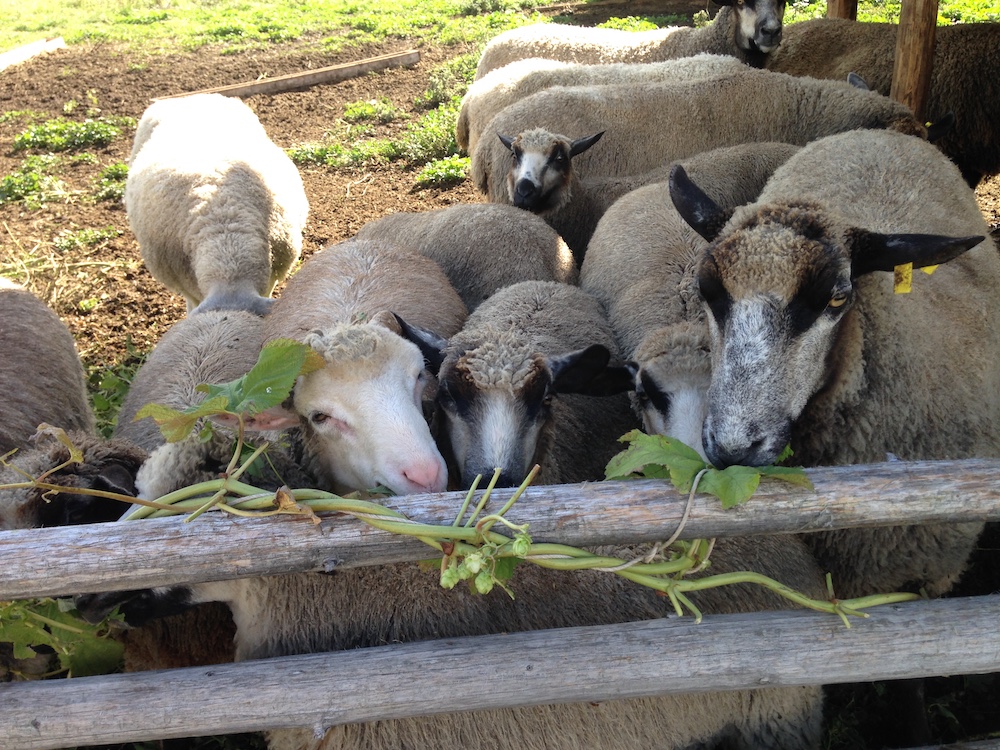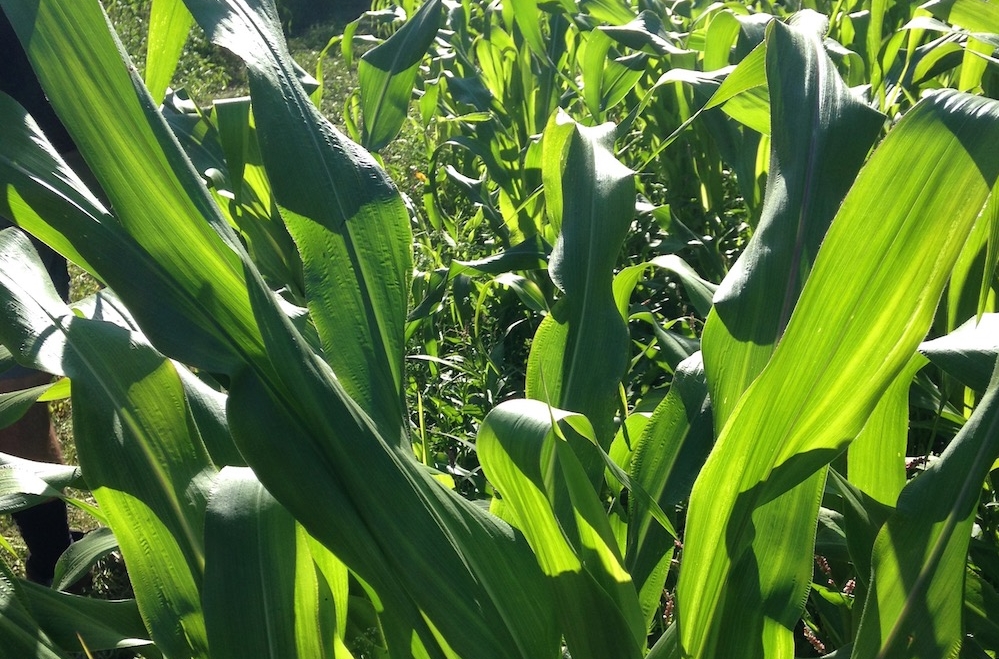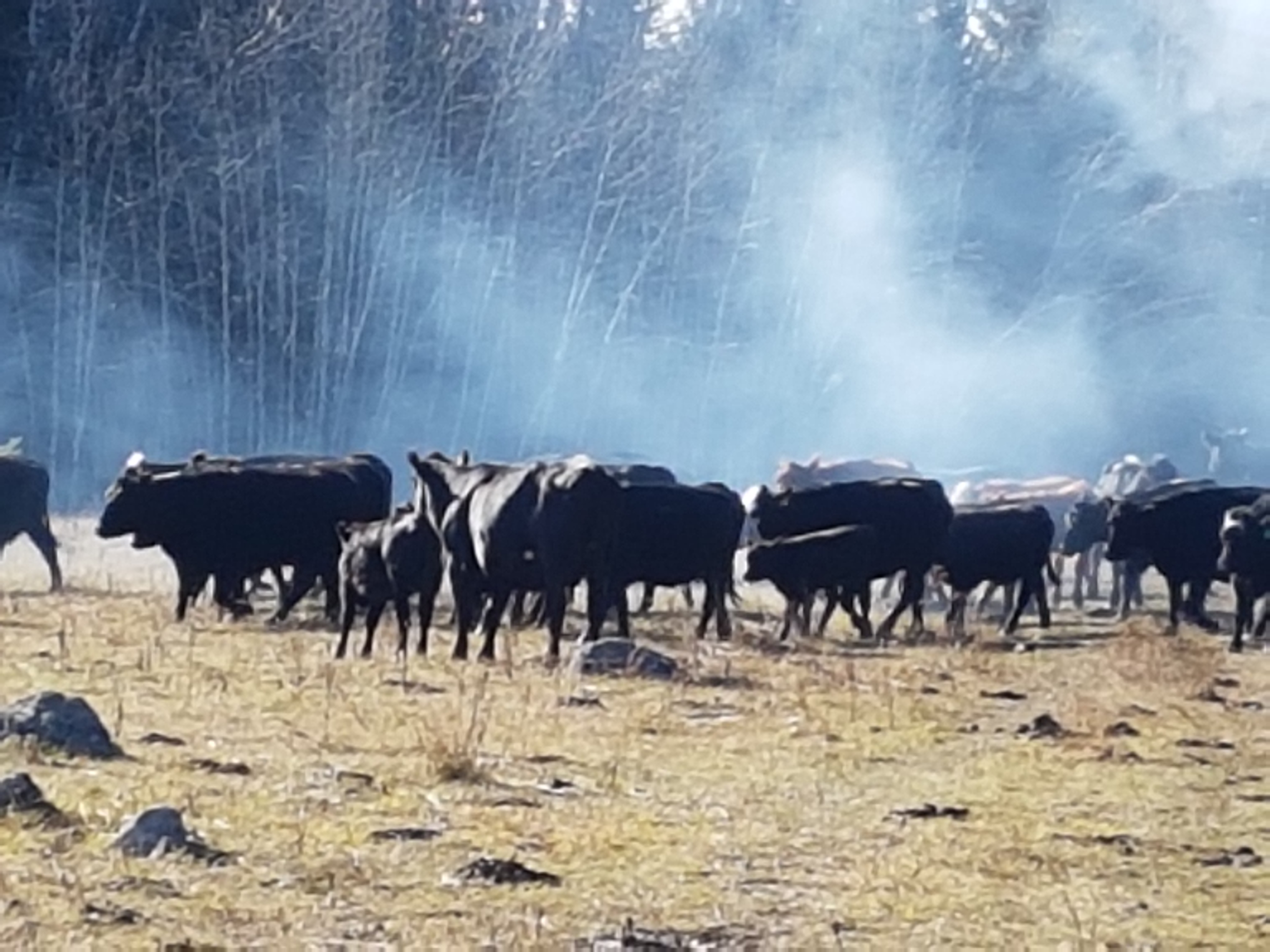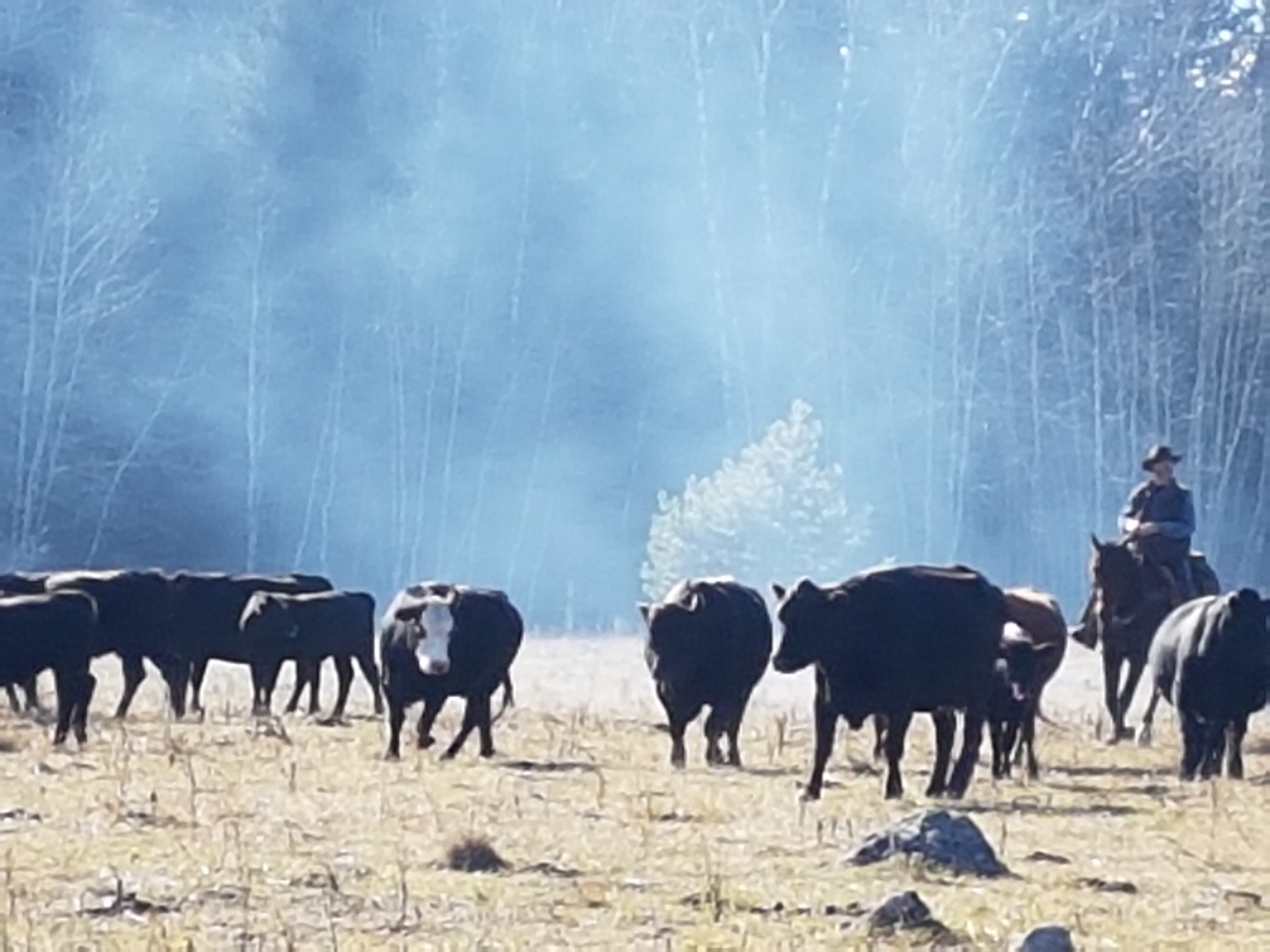Biodynamic (It’s Mentioned) Farm Story

Dear Autumn Anna,
I am writing to you from the depths of a “do the best you can” sort of summer season, where the word “pleasant” is never used to describe the weather and the most relaxed you felt was at the 15-minute waiting period after the Moderna.
I, a very wilted version of yourself, am writing to you because I am yearning for your life, but I don’t want you to forget about me. I am dreaming of a cool breeze and rain gear. I want to be at the other end of harvest. I can’t wait for all the fires to be out, the heat waves to be over, the water restrictions lifted, and the flies dead.
I want to feel pleased with farming again. I want to be excited about a pending winter of farm study, potato selling, and project completion.
That’s you, Autumn Anna. You are cool and accomplished. You are jazzed about winter markets and you might even have the garlic planted. You’ve probably taken care of all kinds of neglected odd-jobs and repairs. The sight (giddy at the thought) of rain falling on snow is close. Very close.
There is some work to be done, however, because of this summer’s experiences. I am concerned that once comfortably bundled in long johns, you will saunter off into winter without sparing a further thought about what has transpired. While understandable, it would be a waste of a difficult experience.
Remember the heat dome and subsequent heat waves? No longer theoretical, this place is getting hotter. I don’t for a second think it will be a steady, regular progression—next summer might be as cool and wet as last summer certainly was. However, now that the summer temperatures on the farm have hit 47 degrees, the door is open to do it again and now you know what to expect. You had better put some thought into it.
Your office and tool area in the new shed are in the path of the afternoon sun and unbearably hot: this needs to be remedied for next summer. Please don’t forget. Additionally, seasonal workflow and productivity expectations could be heavily modified to make it possible to opt out entirely from work all afternoon, all summer. This is profound, obviously.
Here is the deal, girlfriend: you don’t handle the heat very well. You get cranky, easily tired, and take a disappointingly pessimistic view of farming life. You keep going, as you are able to work while uncomfortable, but I thought I should flag it here for future consideration. I am confident that Autumn Anna can be brought to love farming again and we both know that Late Winter Anna just can’t wait to see those fields, but we need to be thoughtful. It might help to be specific: I suspect it’s selling carrots and potatoes at afternoon markets with temperatures in the high 30s that causes problems. Here’s a hot tip: don’t do it. Further profundity.
Autumn Anna, you have made it through this summer because I did a few things right. I shed a limiting reluctance to swim with tadpoles, newts, frogs, and a surely remarkable array of water beetle species so that I could submerge in cool water. Luckily for us, the ducks didn’t discover the location of the pond until the last heat wave broke.
I really stuck to my guns and curtailed the planting plan. I got carried away with the personal tomato greenhouse but callously and admirably plowed in the parsnips when they failed to germinate properly and didn’t even attempt a celeriac crop. Practical decisions like this, the result of the previous winter’s sober thought, made the watering program more manageable in a year when irrigation requirements were higher than ever before.
Very early one morning during the heat dome, I completed the biodynamic compost heap of cull potatoes by adding the six preparations of yarrow, chamomile, nettle, oakbark, dandelion, and valerian. The hay- and manure-covered mound has been sitting there in the hot sun for six weeks, and in a biodynamically-ironic twist, it is cool inside, not hot. It is well beyond our understanding of biodynamics to explain this.
Autumn Anna, I hope you are hearing rain as you read. I hope the carrot crop was satisfactory. I hope you are readying the seed potato catalogue and that you find an up-to-date email list in the excel file.
You have done your best, and it was good enough. Enjoy the process of falling in love with farming again.
Anna Helmer farms with her family in Pemberton, where her rudimentary biodynamic practices continue to inspire further study, wonder, and ironic ambition.



